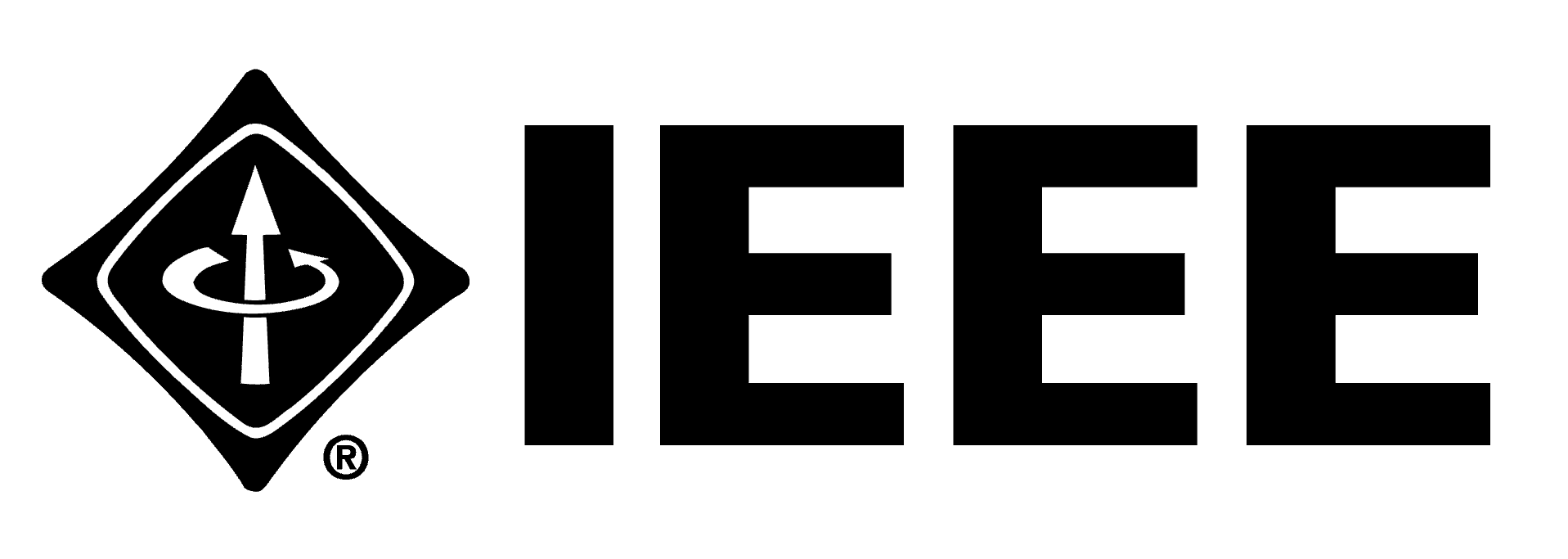The Grid Modernization Initiative (GMI) is a collaboration across the U.S. Department of Energy (DOE) to create the modern power grid of the future. It represents a comprehensive effort to help shape the future of our nation’s power grid and solve the challenges of integrating conventional and renewable sources with energy storage and smart buildings. At the same time, the GMI must ensure that the grid is resilient and secure to withstand growing cybersecurity and climate changes.
According to the GMI, a modern grid must have:
- Greater resilience to hazards of all types
- Improved reliability for everyday operations
- Enhanced security from an increasing and evolving number of threats
- Additional affordability to maintain our economic prosperity
- Superior flexibility to respond to the variability and uncertainty of conditions at one or more timescales, including a range of energy futures
- Increased sustainability through energy-efficient and renewable resources
The GMI is focused on the development of new architectural concepts, tools and technologies that measure, analyze, predict, protect and control the grid of the future, as well as enabling the institutional conditions that allow for more rapid development and widespread adoption of these tools and technologies. The goal is to help integrate all sources of electricity better, improve the security of our nation’s grid, solve challenges of energy storage and distributed generation, and provide a critical platform for U.S. competitiveness and innovation in a global energy economy.
Why Now?
The United States’ extensive power grid has fueled the nation’s growth since the early 1900s. However, the existing power grid was not designed for our future. The ever-increasing demands of the 21st century and beyond require serious modernization of the current grid. A modern grid is vital to the nation’s security, economy and existing and future way of life. It will provide the foundation for essential services that people rely on every day.
In testimony before the Missouri Senate Commerce, Consumer Protection, Energy and the Environment Committee, Consumer Energy Alliance (CEA) Midwest Director Chris Ventura stated, “Energy grids in states across our country are in a massive transition toward smart, stable and more secure energy. The benefits of this transition are immense. As the grid is modernized, power flows bi-directionally versus the traditional one-way power flow. This integrated grid will be more reliable, prevent or reduce power outages and give people and businesses access to the latest consumer technologies to manage their energy usage.”
Get Ready for Grid Modernization
The development and implementation of smart grid technology is one of the biggest frontiers in electrical engineering today. Modernizing the Smart Grid is a new 4-course program coming soon from IEEE. It’s designed to get you and your team up to speed quickly on the latest smart grid technologies set to change the way power is delivered to electricity consumers around the world. Pre-order the program for your organization today.
Resources
About the Grid Modernization Initiative. Energy.gov.
(11 Jan 2018). Consumer Advocate Testifies on Grid Modernization Benefits and Needs. Consumer Energy Alliance.



[…] island this far took $4.2 billion of FEMA funding. Having a more resilient, more stable, stronger grid will be even more expensive — at least $30 billion in upfront costs and ongoing investment, […]
[…] and resilience to cleaner power and economic development. They’re designed to work in unison with distributed energy resources (DERs) that include solar panels, fuel cells, and battery storage, which are more reliable and […]
[…] for distribution transformers, expected to hold 18.3% of the market value in 2022. Although an early pioneer of the electric grid, the U.S. grid is showing signs of aging and, in some instances, is in need of […]